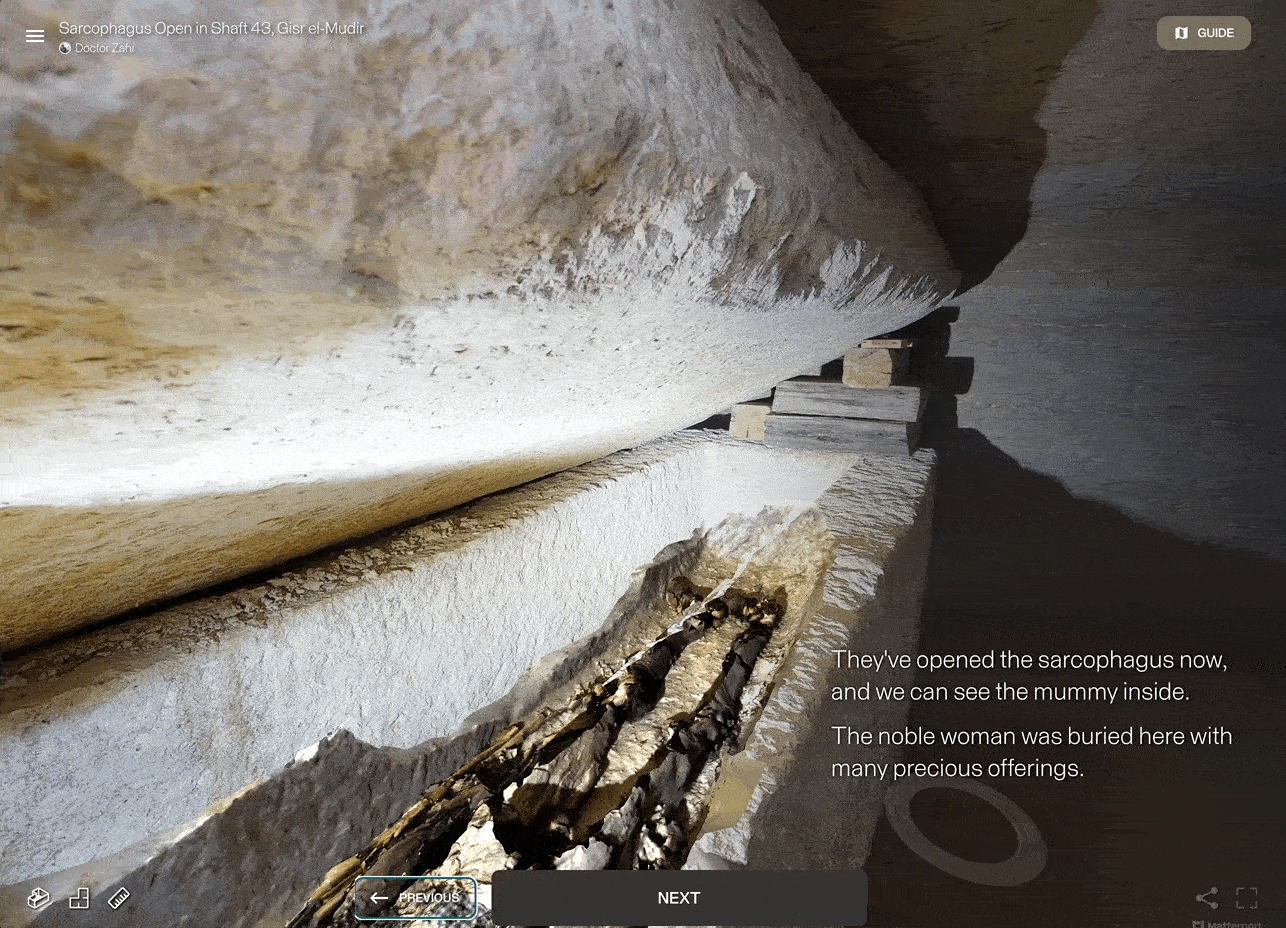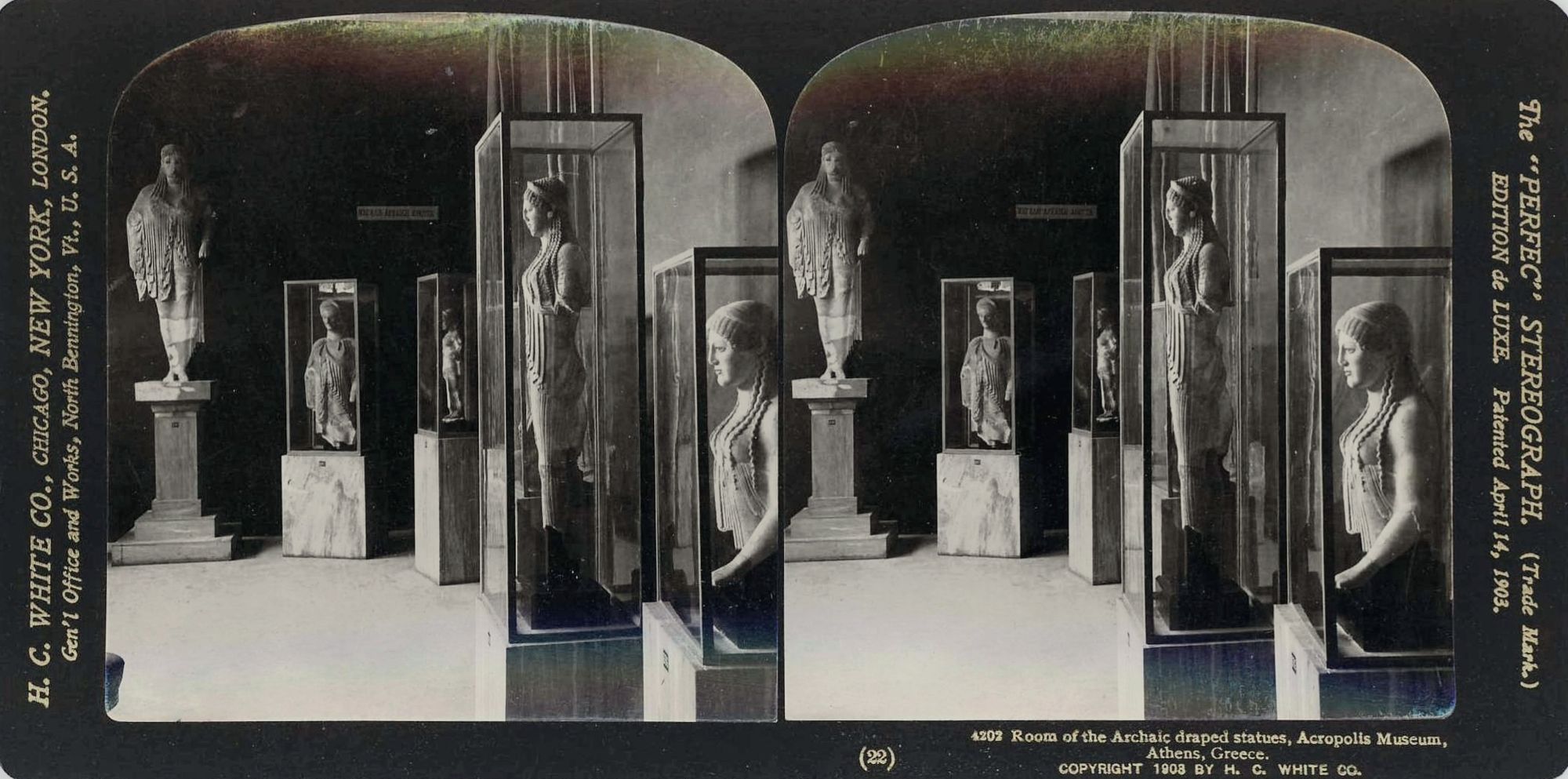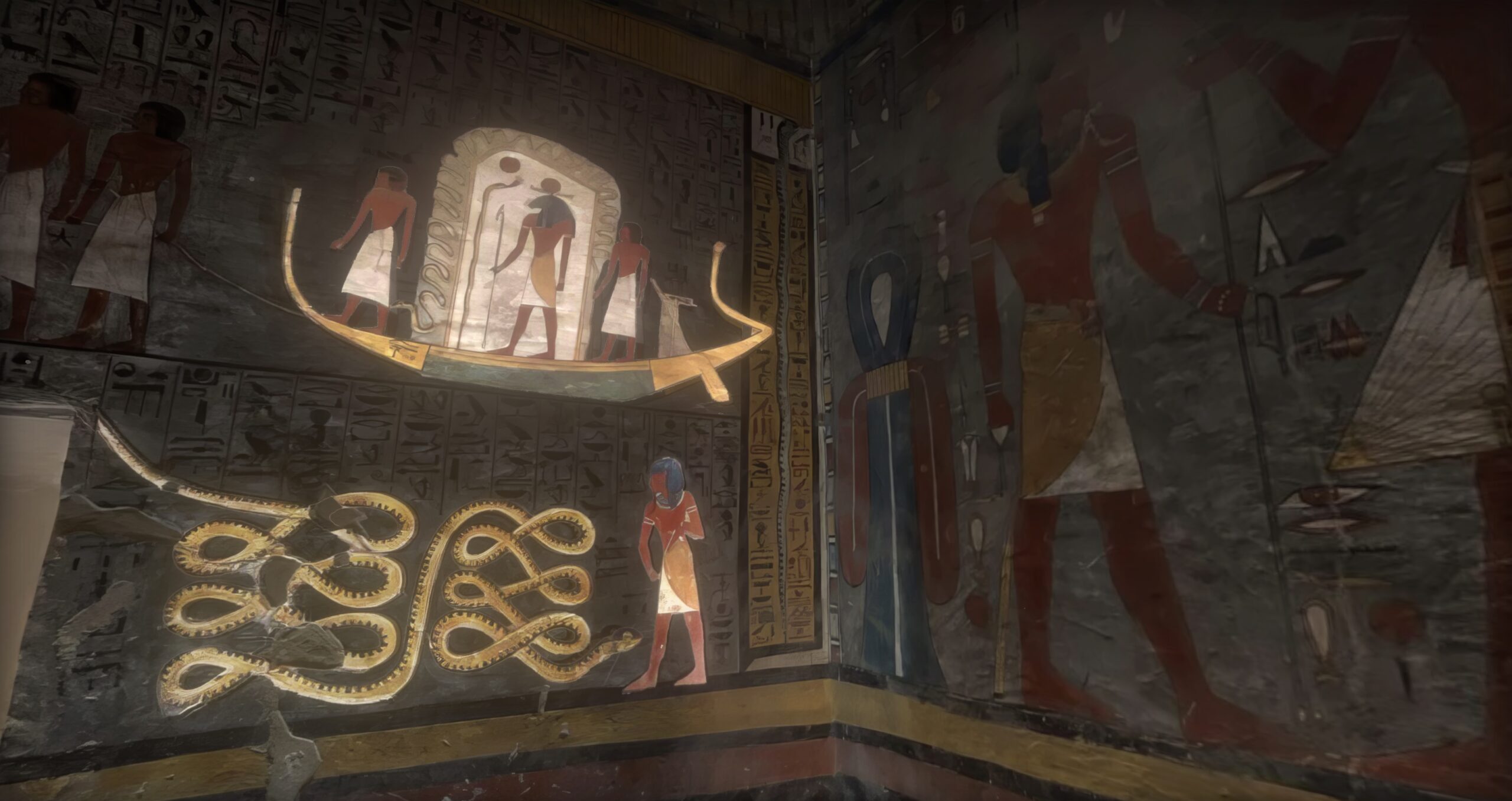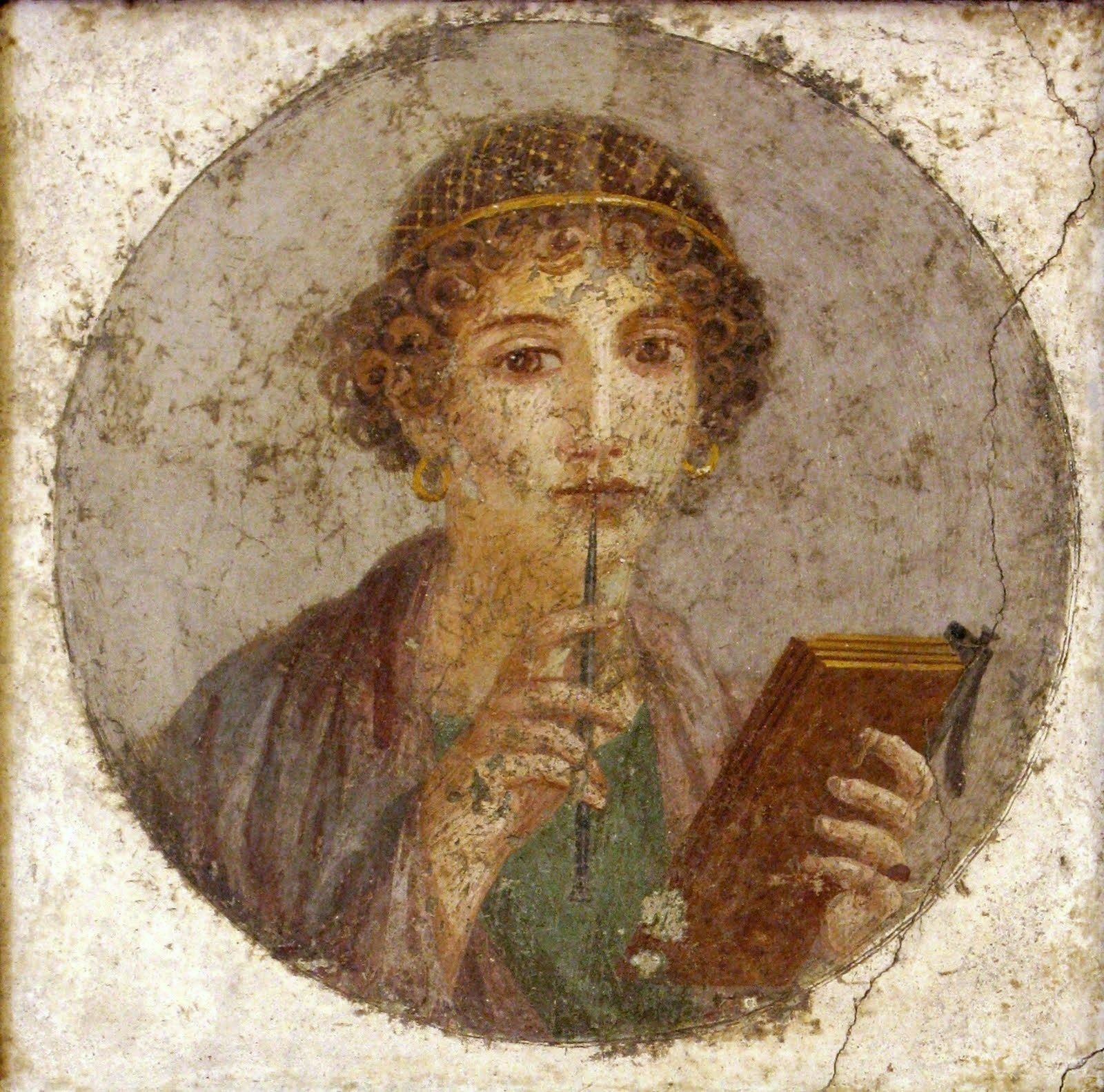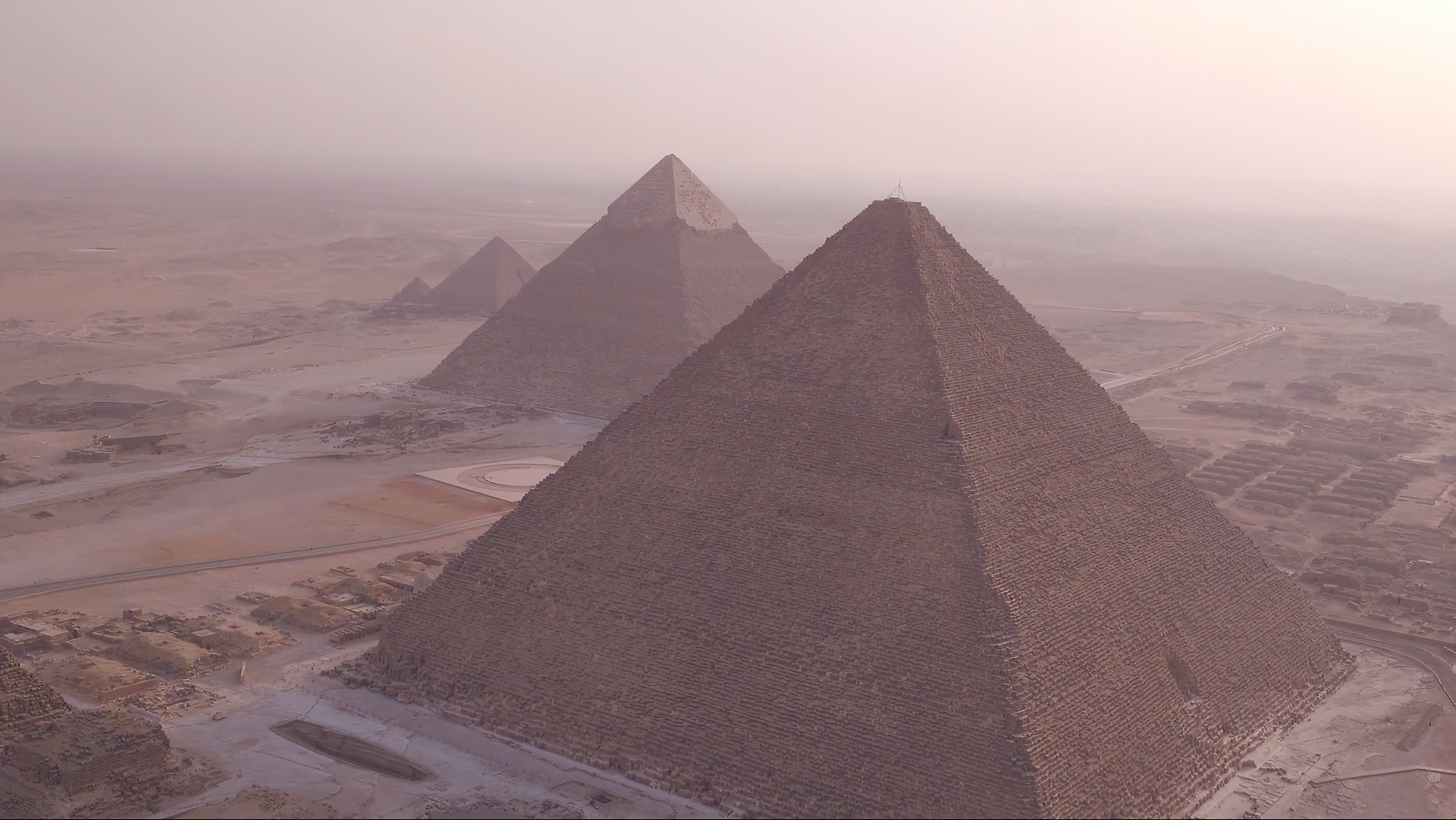Learn about Doctor Zahi’s Grand Lecture Tour and Virtual Tours of Excavations
In case you haven’t heard of it yet, Doctor Zahi Hawass, a celebrated archaeologist and former Minister of State for Antiquities in Egypt, is having a Grand Lecture Tour this summer, and you can travel virtually to some of his recent excavations to see what the Egyptian Missions have found!
Head to the website to learn more about sign up for a lecture near you in May and June. The series is organized by the excellent Archaeological Paths, so check out their website for more information about booking tours in Egypt and elsewhere.
The lectures will take place in the United States, so if you’re in a different country, you have other options to stay in touch on Facebook or YouTube, or email Archaeological Paths with your queries: [email protected]
I was really fortunate to work for Doctor Zahi over the last years, partnering with the Egyptian Missions doing 3d recording, and am excited for you to learn the stories of these sites in a virtual format. Without further ado, here are some virtual tours, and remember to head to a lecture near you to get the full story and see Doctor Zahi Hawass speak. You can’t miss it!
Also, last thing: I just finished a draft of the Creator Tools for building your own guided tours out of existing spaces or making your own 3d captures! You can check this out for yourself if you want to build tours like these at https://mused.org/en/create
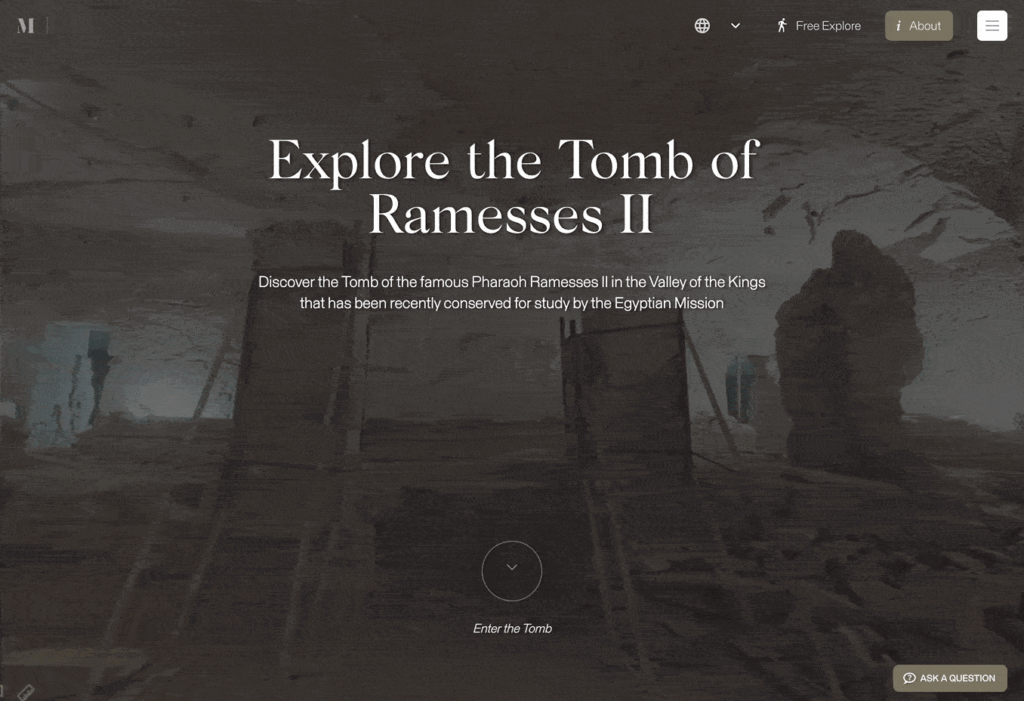
Inside the Tomb of Ramesses II
In the Valley of the Kings, we find the Tomb of Ramesses II, one of the most powerful and celebrated pharaohs of ancient Egypt, who you may also know as Ramesses the Great, or Ozymandias. In recent years, the Egyptian Mission has been painstakingly cleaning and conserving the tomb and interpreting the carvings on the walls.
The tomb is unlike any other in the world. It’s the largest by far in the Valley of the Kings, measuring about 125 meters long and consisting of several chambers and corridors. When Ramesses was buried there, the tomb was painted in bright colors and packed with offerings, such as food, furniture, jewelry, weapons and chariots for the pharaoh. He was also accompanied by some of his wives and children who were buried in nearby tombs.
However, due to excessive flooding, grave robbers, and some destructive modern explorers, his tomb has been severely damaged over the years. The mummy of Ramesses II was moved several times to protect it from looters until it was finally discovered in 1881 in a cache at Deir el-Bahri along with other royal mummies. The mummy is now on display at the Grand Egyptian Museum.

Ramesses II ruled during the 19th Dynasty of Ancient Egypt (that’s the 13th Century BCE for those keeping count on the Gregorian calendar), and he’s famous for his aggressive building campaigns and massive monuments, temples and statues across his vast empire that stretched from Nubia to Syria.
Not surprisingly, the Tomb of the great pharaoh lives up to the reputation of its owner!
The Tomb is currently closed to the general public, but you can see the interior in our virtual tour. When you go inside today, you’ll see the immaculate conservation work that the Egyptian Mission is in the process of completed to preserve the walls for future generations. It’s incredibly important work! For the first time, archaeologists are able to read and interpret the texts recorded on the walls of the tomb through a process called epigraphy.
The walls are decorated with scenes from religious texts and images of Ramesses II and his family. They show him making offerings to various gods such as Osiris, Anubis, Hathor and Ra. They also contain texts such as those from the Book of Gates, Book of Caverns, and Amduat, similar to other tombs nearby in the valley. These texts describe the journey of the sun god through the underworld during the night and how he defeats his enemies and emerges reborn at dawn. They also provide guidance for the deceased king on how to overcome obstacles and dangers along his way to join the sun god in eternity.
To learn more, go on the virtual tour at https://mused.org/en/guided/229/tomb-of-ramesses-ii-kings-valley, and attend one of Doctor Zahi’s Lectures!
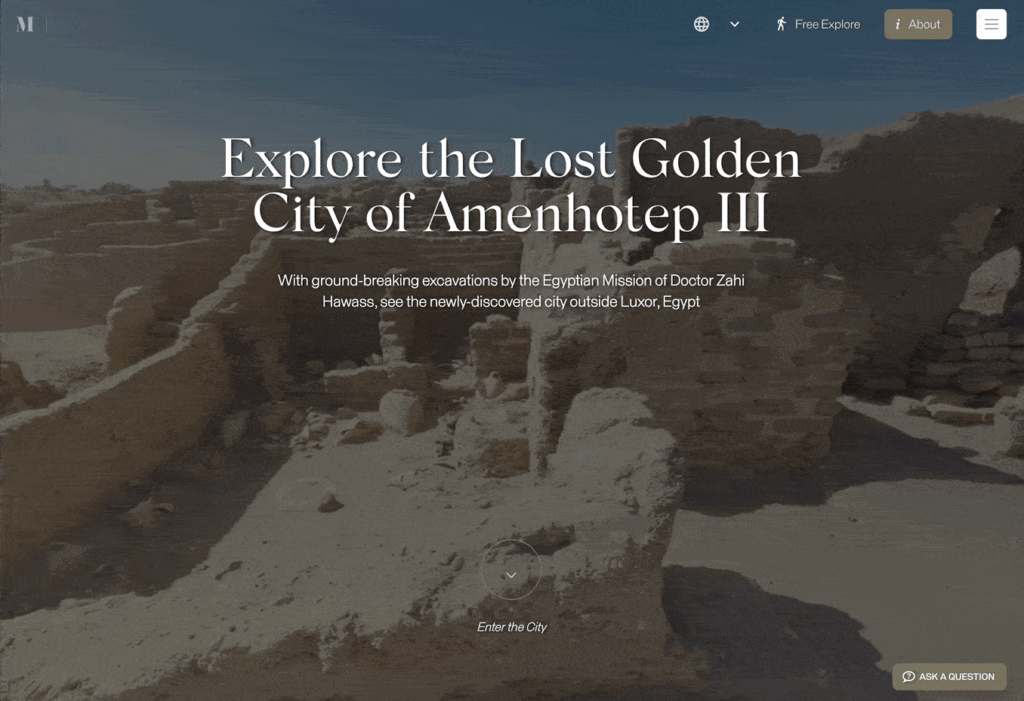
The Lost Golden City of the Pharaoh Amenhotep III
If the Tomb of Tutankhamun was the “find of the 20th Century,” then the Lost Golden City of the Pharaoh Amenhotep III is definitely the find of the 21st! From Ancient Egypt, we have many monuments and tombs preserved to this day, but we know comparatively little about the day-to-day life of the average ancient Egyptian. That’s what makes this site so important: an entire city several kilometers square was sealed and left all at once by the builders of many of the monuments by Amenhotep III.
As a result, the entire city is preserved beneath the sand almost exactly like it was when it was abruptly abandoned around 3,400 years ago. There are pots of meat and dates, sandal-making workshops, a mud-brick factory, and many more spaces, offering an unprecedented window into the domestic lives of the average ancient egyptian so that we can understand more about how they lived.
Amenhotep III was a great pharaoh who ruled during a period of peace and prosperity in Egypt. He built a magnificent city near Luxor that served as his administrative and industrial center, and all the building required many workers. The city was later abandoned by his son Akhenaten, who moved his capital to Amarna and introduced a new monotheistic religion, but more is being learned about the city as the Egyptian Mission continues its findings.
The city of Akhetaten was not only a new capital for Egypt, but also a radical departure from the traditional religious beliefs of the ancient Egyptians. Akhenaten, who changed his name from Amenhotep IV, rejected the worship of many gods and focused on a single deity: Aten, the sun disk. He also promoted a new artistic style that depicted himself and his family in a more realistic and intimate way.
Akhenaten’s religious reforms were not well received by many people, especially the powerful priests of Amun, who had enjoyed great influence and wealth under Amenhotep III. After Akhenaten’s death, his successors tried to erase his memory and restore the old order. Amarna was abandoned and its monuments were dismantled or defaced.
The previous inhabitants bricked up the doors of the city, departed, and the city remained hidden under the sand for millennia until it was uncovered by the Egyptian Mission. The foundations of the city stretch probably for around 2 kilometers to the south. The city has several districts such as a residential area, an administrative area, a bakery area, and a production area.
To learn more about this fascinating discovery and its implications for our understanding of ancient Egypt, go on our virtual tour where you can see some of its amazing finds uncovered by the Egyptian Mission such as rings, scarabs, colored pottery vessels, and mud bricks bearing seals of Amenhotep III’s cartouche.
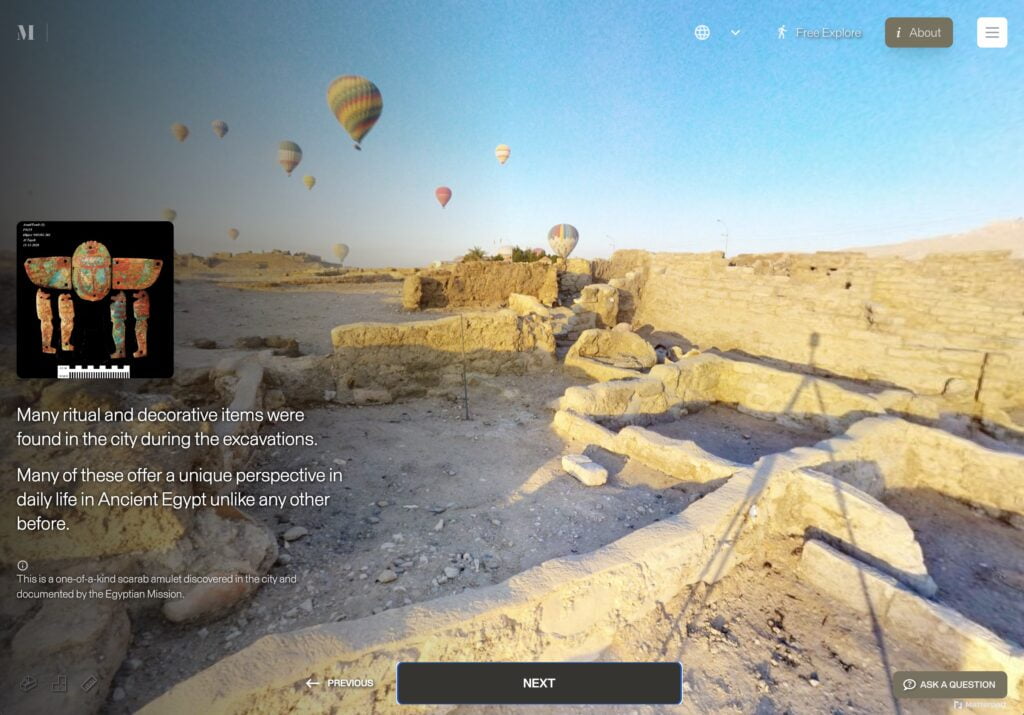
And for the full story, head to the virtual tour at https://mused.org/en/guided/227/city-of-amenhotep-iii and attend one of Doctor Zahi’s Lectures in the United States where he will share the discoveries of the excavations.
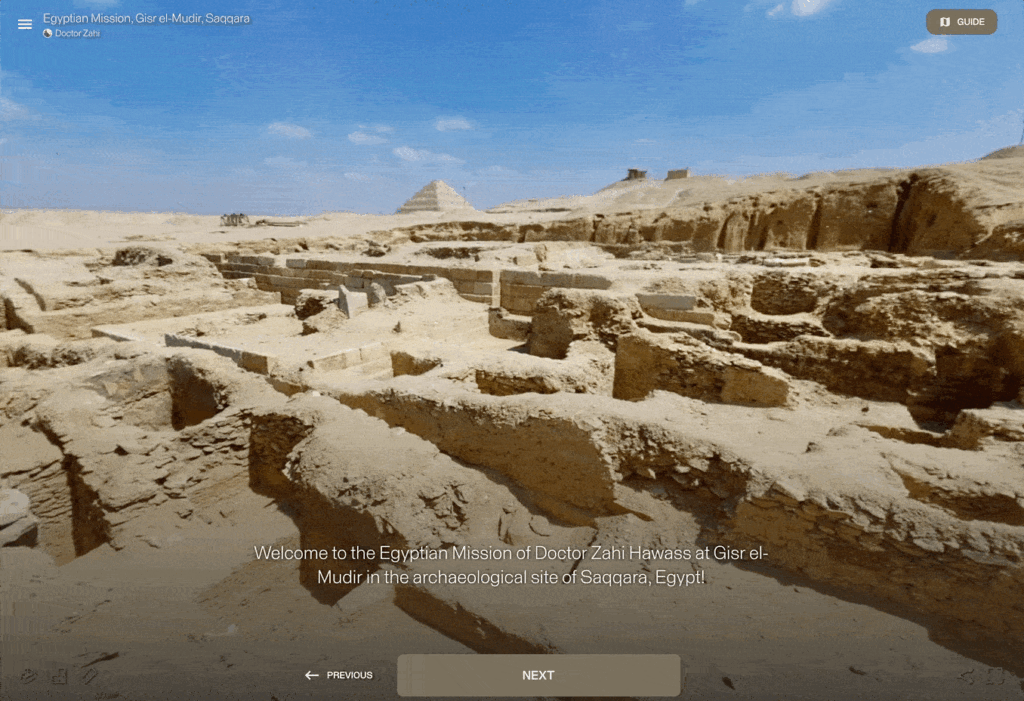
The Mastaba Tombs at Gisr el-Mudir in Saqqara
The third and final site we will explore is the newly-uncovered Mastaba Tombs at Gisr el-Mudir, an early royal burial ground at Saqqara. This is an area that has puzzled egyptologists and archaeologists for many years and the site of important new discoveries by Doctor Zahi Hawass.
Saqqara was one of the main cemeteries for kings and nobles of ancient Egypt from the Early Dynastic Period onwards. It is famous for its pyramids, mastabas and tombs that span thousands of years of history. You may know it for the iconic Step Pyramid of Djoser, which you can see in the background of this virtual tour. This pyramid was built by Djoser’s architect Imhotep, who also designed a large rectangular enclosure known as Gisr el-Mudir.
One of the oldest structures at the site is Gisr el-Mudir, a large rectangular enclosure made of mud bricks that dates back to around 2,700 BCE. Just next to this are newly-uncovered mastaba tombs by the Egyptian Mission. Mastabas are a special type of tombs with rectangular structures with sloping sides above ground that cover underground burial chambers. They were used as tombs for high-ranking officials and members of the royal family before pyramids became popular.
One of these tombs contains what may be the oldest mummy ever found in Egypt: a man who lived around 2300 BCE during the Sixth Dynasty. He was buried with a wooden coffin, pottery vessels, amulets and linen wrappings.
In the virtual tour, you can see one of the burial chambers recently discovered and the burial of an important noble woman inside, still perfectly preserved as the day she was laid to her eternal rest. She was buried in a stone sarcophagus painted with hieroglyphs and wearing an elaborate necklace, belt, and other fine jewelry for her enjoyment in the afterlife. Also interestingly, she was buried wearing boots! This is an important discovery by Doctor Zahi to help shed light on the history of Saqqara and Old Kingdom burials in Ancient Egypt, some of the oldest ever discovered.
You can learn more about the burials at Gisr el-Mudir on the virtual tour at https://mused.org/en/tours/513/egyptian-mission-gisr-el-mudir-saqqara and hear the full story by attending a lecture by Doctor Zahi.
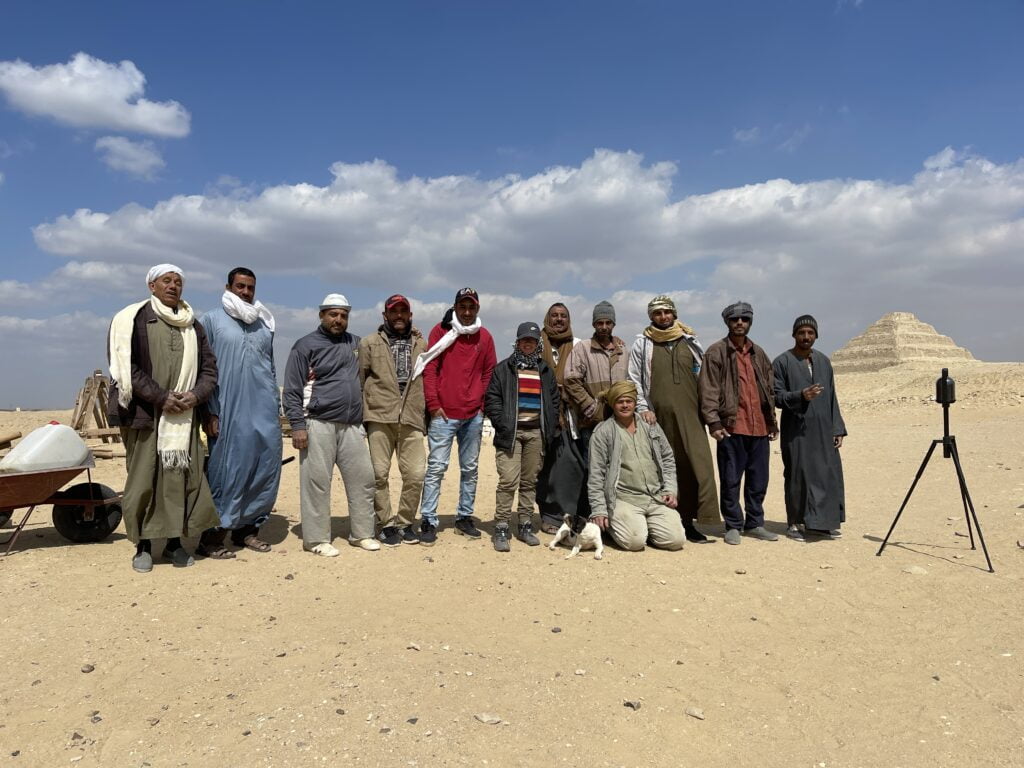
The virtual tours with Doctor Zahi Hawass provide a unique opportunity to gain an understanding of ancient Egyptian history without needing to leave your home or campus. Through his work, viewers are able to learn about ancient civilizations and cultures through direct experience rather than just reading about them in a book or online.
Here are the three links to the tours in the blog post again:
Tomb of Ramesses II: https://mused.org/en/guided/229/tomb-of-ramesses-ii-kings-valley
City of Amenhotep III: https://mused.org/en/guided/227/city-of-amenhotep-iii
Gisr el-Mudir, Saqqara: https://mused.org/en/tours/513/egyptian-mission-gisr-el-mudir-saqqara
Participants in the lectures can ask questions directly to Doctor Zahi himself and get answers from someone who is knowledgeable about the subject matter–something that cannot be accomplished through traditional educational resources.
That concludes the virtual tours for this blog post, but is only the beginning of the full story that you can hear about the ongoing excavations and work by Doctor Zahi in Egypt. Make sure to attend one of the lectures if you’re able, and if you’re in a different country, subscribe to their YouTube channel here: https://www.youtube.com/ArchaeologicalPaths
This is a once-in-a-lifetime opportunity to hear from the man who has revolutionized our understanding of ancient Egypt and who has been featured in countless documentaries and books. You will learn fascinating stories about his adventures and challenges, his discoveries and secrets, his passion and vision. Don’t miss out!
And last mention about the Creator Tools that I’ve been coding up if you want to give them a whirl! https://mused.org/en/create — all feedback appreciated. You can email me directly at [email protected].
If these articles are interesting, I definitely recommend checking out the excellent newsletter, Ancient Beat, published by James Fleischmann!
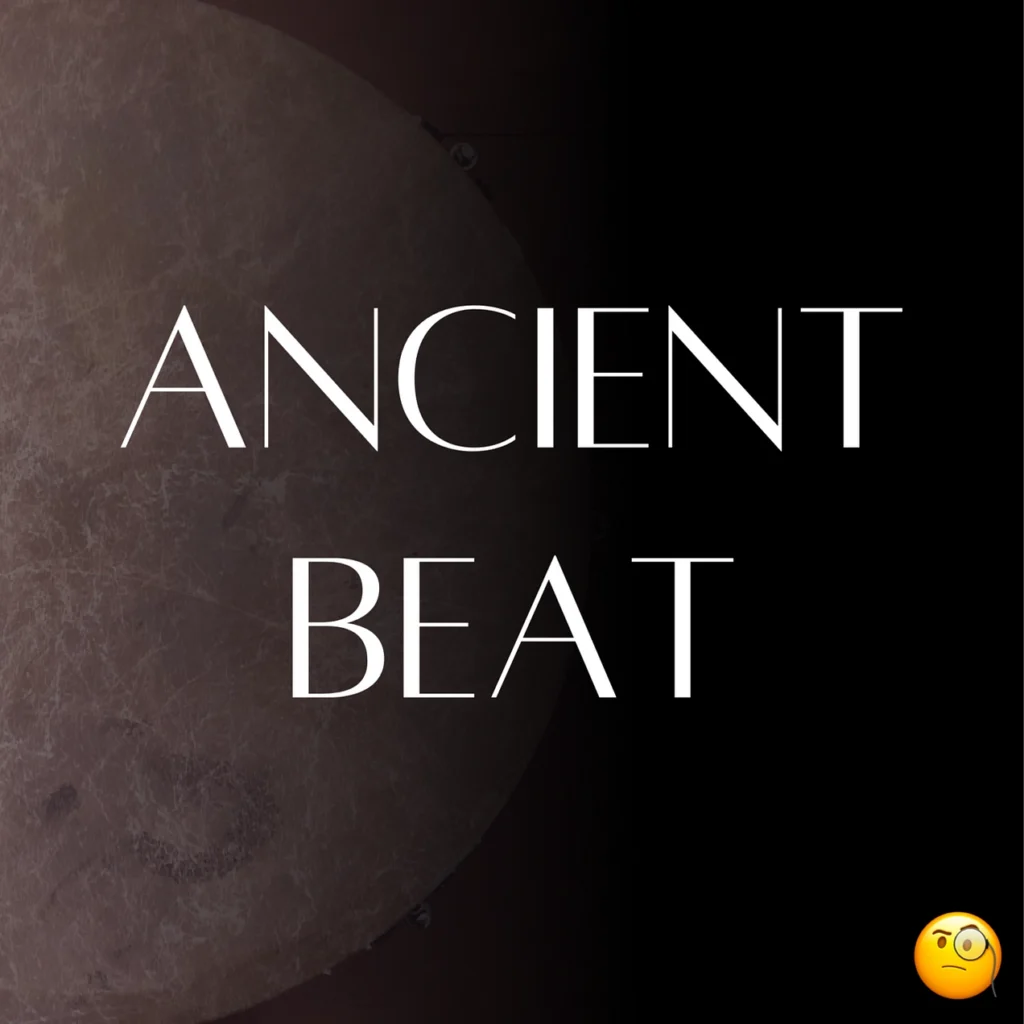
Stay informed on the latest archaeological news around the interwebs:
Some recent articles to check out include these:
? Ancient Beat #51: Early horseback riding, Wari pigment propaganda, and the longevity of cities
- Archaeologists Find Evidence that Horseback Riding Began at Least 5,000 Years Ago
- Archaeological Study Reveals that Collective Forms of Governance, Infrastructural Investments, and Collaboration All Help Societies Last Longer
- ‘Startling’ New Evidence Reveals Gladiators Fought in Roman Britain
- Scientists Reveal Hidden Corridor in Great Pyramid of Giza
- Archaeologists on Easter Island Have Discovered a Previously Unknown Moai Statue Buried in a Dried-Out Lake Bed
- Steel Was Already Being Used in Europe 2,900 Years Ago, Shows Study
- Archaeologists Uncover 2,000-Year-Old Stringed Instrument in Vietnam
- Discovery of 4,500-Year-Old Palace in Iraq May Hold Key to Ancient Civilization
- Archaeologists Find Homes of Europe’s First Monument Builders, and They’re Fortified
I really love reading James’s newsletter to stay up-to-date on what’s going in archaeology! Especially since I travel for my work and don’t get the print publications about archaeological news as often. Consider signing up to get the latest if you want to stay in the loop also.



